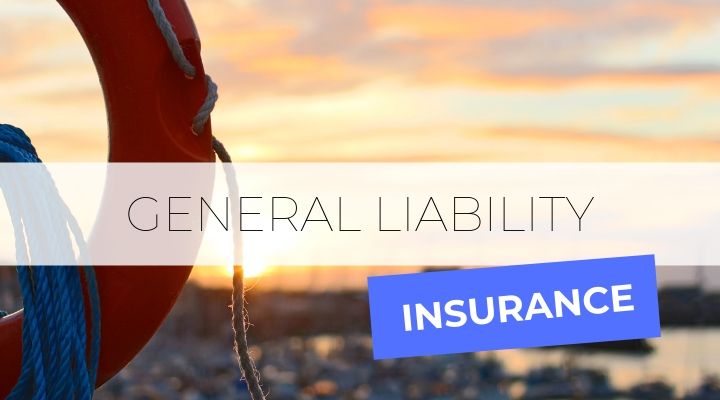Contractors play a pivotal role in the construction industry, undertaking various projects ranging from small renovations to large-scale construction. However, with these projects come risks and liabilities. That’s where Contractors’ General Liability Insurance (CGL) comes into play. CGL is designed to protect contractors from potential financial losses due to third-party claims arising from their operations. To help you learn more, here are five important things to note about Contractors’ General Liability Insurance.
- Coverage Scope
Contractor’s General Liability Insurance covers various risks contractors may encounter during their operations. It typically includes coverage for property damage, bodily injury, and personal injury claims. For example, if a contractor accidentally damages a client’s property or a third party sustains an injury at the construction site, CGL insurance can help cover the associated costs.
- Legal Requirements and Contractual Obligations
In many jurisdictions, having Contractors’ General Liability Insurance is a legal requirement for contractors to obtain the necessary licenses and permits. Moreover, contractors often enter into contracts with clients, subcontractors, or project owners that mandate them to carry specific insurance coverage. It is important for contractors to carefully review the contractual obligations and ensure their insurance policy meets the required limits and provisions to comply with legal and contractual requirements.
- Policy Exclusions and Limitations
While Contractors’ General Liability Insurance offers vital coverage, learn more about the policy exclusions and limitations is essential. Some common exclusions include intentional acts, pollution, professional errors, and workers’ compensation claims. In addition, CGL policies have limits on coverage amounts, both per occurrence and aggregate, which may vary depending on the policy and insurer. Therefore, contractors should carefully review their policies and consult with their insurance agents to understand the exclusions and limitations to avoid potential coverage gaps.
- Additional Insureds and Endorsements
Contractors often work with subcontractors, vendors, or other parties who may require coverage under the contractor’s insurance policy. In such cases, coverage for contractors such as Contractors General Liability Insurance allows adding additional insureds, extending coverage to these parties. Policy endorsements or riders can be added to modify or enhance coverage based on specific needs. Contractors should know these options and consider whether they need additional insureds or obtain specific endorsements to align with project requirements.
- Risk Management and Loss Prevention
While Contractors’ General Liability Insurance is crucial, it is equally important for contractors to implement robust risk management practices and loss prevention strategies. By prioritizing safety measures, following industry best practices, and properly training employees, contractors can reduce the likelihood of accidents and mitigate potential claims. Insurance providers may offer risk management resources and services to help contractors enhance safety protocols, leading to favorable insurance premiums and claims history.
The contractor’s General Liability Insurance protects contractors against potential financial losses from third-party claims. Understanding the coverage scope, legal requirements, policy exclusions, and limitations is essential for contractors to ensure adequate protection. Furthermore, leveraging options such as additional insureds and policy endorsements can help align coverage with project requirements. Lastly, strong risk management practices can help reduce accidents and claims, positively impacting insurance premiums and claims history. By comprehensively addressing these five important aspects, contractors can safeguard their operations and focus on delivering successful construction projects.
